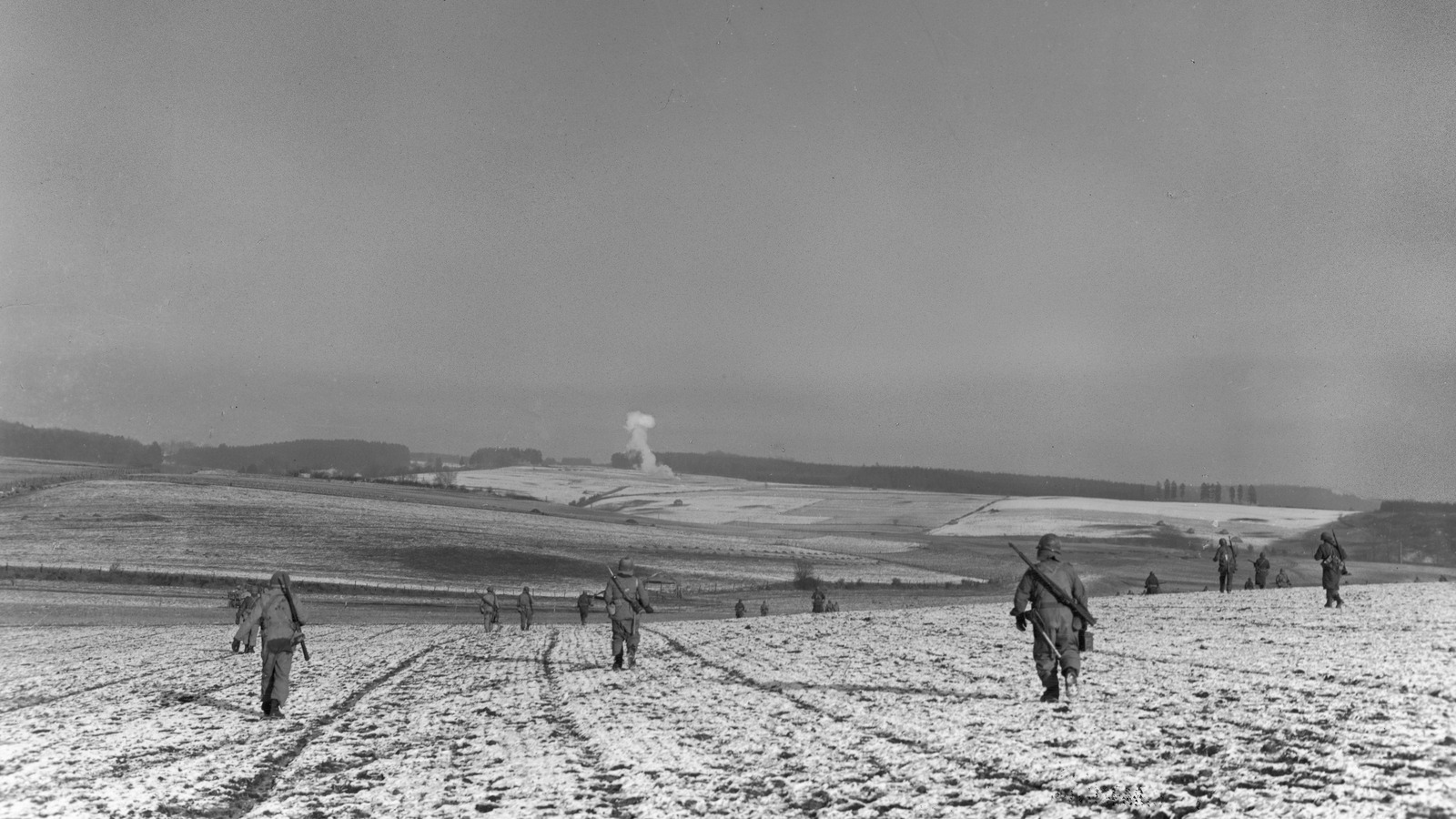
At this point, World War II has been endlessly discussed, debated, tread, retread, and condensed into countless historical articles. Big battles with big names stand out in memory, like Dunkirk, Midway, Normandy, and Pearl Harbor. Big, basic facts get cited, like how the Axis forces of Germany, Italy, and Japan fought against the Allied forces of Britain, France, Russia, and later the United States and China. Big numbers get quoted, like how 60 million soldiers died as a result of the conflict. But sometimes the most overlooked details are the most important ones, like where the dead were laid to rest.
In many cases, World War II soldiers who died were buried in temporary graves on the battlefield and later transported to final locations, like at the Battle of Iwo Jima . In naval battles like Midway some of the dead simply vanished into the ocean. And when civilians get caught in conflicts, their remains don’t go to military graves. And in the case of the Battle of the Bulge in 1944, those dead who were recovered went to a variety of places.
One million total troops fought in the Battle of the Bulge over five weeks from December 16, 1944 to January 25, 1945. 19,000 U.S. troops died, over 23,000 went missing, and Germany lost a combined 100,000 dead, wounded, or missing. After the battle, dead U.S. soldiers went to one of two Belgian cemeteries, and some of them were repatriated. The German soldiers who died were not repatriated, and currently rest in the German Military Cemetery in Sandweiler, Luxembourg.






